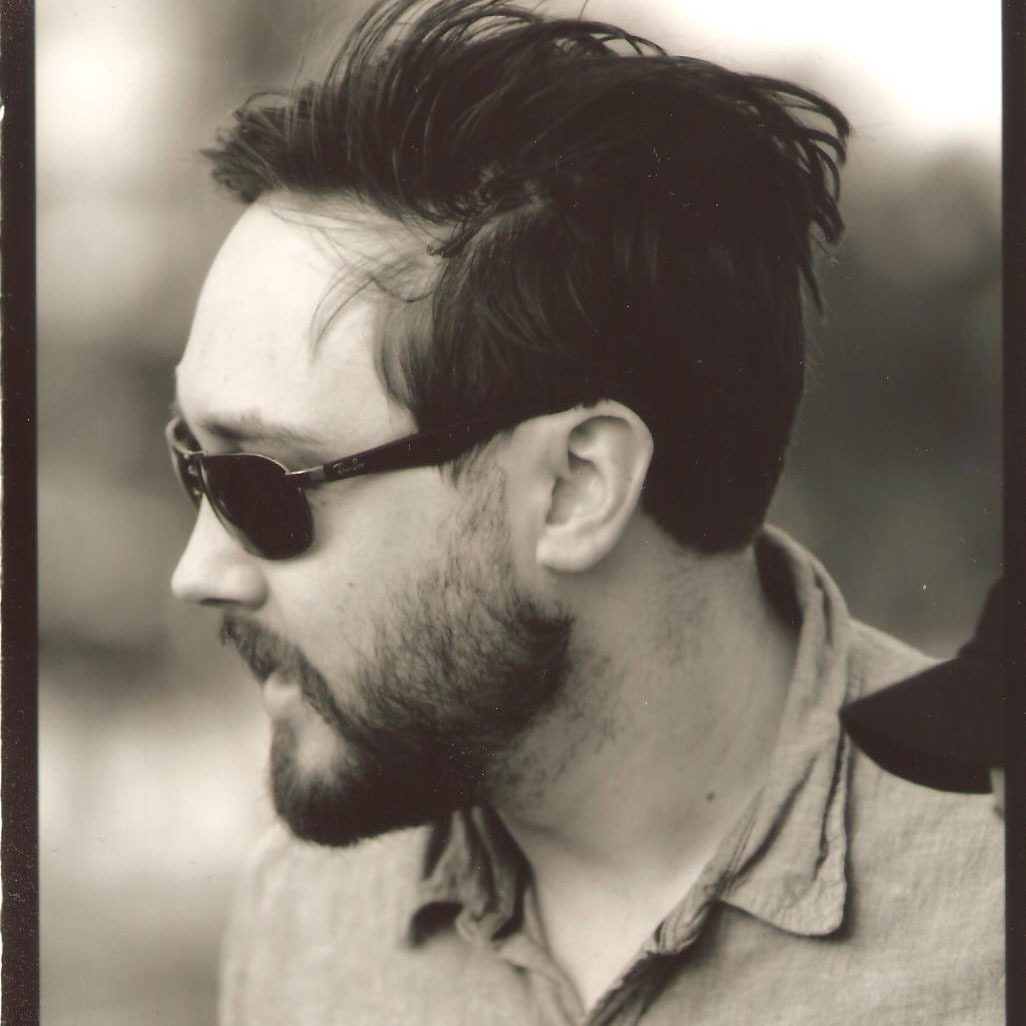useful scuba accessories #scuba #askmark #scubadiver #scubadiving
- Mark Newman
- on
- at

I’ve been scuba diving my entire professional career in both beautiful crystal clear waters of the Tropics to the not-so clear waters around the world. Diving up in the Arctic Circle and marine conservation work down in remote Madagascar. As a full-time scuba Instructor I taught divers in both warm and cold waters and lead countless dives.
But, my main specialty is dive equipment. Since 2010 I’ve been working with a wide range of scuba diving brands and 8 years working for one of the largest scuba diving retailers with hands-on experience with cutting edge dive equipment.

Awesome! Thanks man
You look alot like william osman
AskMark#
Hey Mark,
Would you please do a deeper discussion on artificial heating, cold water and decompression… specifically if there is additional time not accounted by the computer.
Sure, your rate of absorption and off-gassing increases when you’re warm and slows when you’re cold but, most dive computers don’t take body temperature into account when working out your dive profile.
So, imagine a dive where you start the dive with everything turned on and you’re nice and warm, absorbing plenty of gases in your tissues. Then, your battery dies or something fails. You have more dissolved gasses trapped inside that are now slower to remove.
There’s a good lecture from Dr Pollock that you can watch here: https://youtu.be/HU04JhXggPg
@Scuba Diver Magazine
Ok- so after watching this a few times- what I got out of it was:
-Dive cold 🥶 dive conservatively on the computer settings… there are a large amount of variables which will affect the dive. The computer will which does not measure and track body temperature does not calculate all the variables.
– thank you for this lecture…. Very informative….
#AskMark What hose length would you recommend for BCDs and Drysuit LP inflators?
It really depends on your entire setup. The corrugated hose on BCDs can vary in length depending on brand and style and whether you’re diving on a single tank or twins.
The best way to know what length to get is to put all of your gear on and use a tape measure to measure how long the hose needs to be. It should match one of the common lengths available today. For BCDs it will be around 56-65cm and drysuits 90-100cm but it’s best to measure for your exact setup
90cm for drysuit, usualy thats good leinght, I used 90cm with single and now with twins, for BCD it depends as Mark said
👍😎🤿